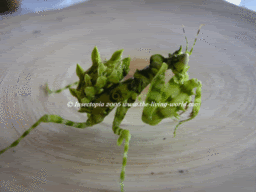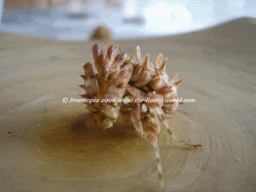J
julian camilo
Guest
I appreciate you might know more than me about genetics but this explanation just does not seem to sit well with me. I do not think it is as simple as just genetics. obviously genetics must bear some influence, maybe even a strong influence, I dont know. However it cant be the whole reason, I think there are too many other factors that we are unable to experiment with accurately. Its very easy to keep a handful of mantids in "the same" conditions, but it is very difficult for us to control so many other factors that are a possibility like light intensity, the nutritional content of the food they get, random variation. you said its "basically using the genotype with the colouring" but you dont mention that genotype and phenotype (genotype + environment → phenotype) are not always directly correlated. Some genes only lead to a certain phenotype when the organism is also in particular environmental conditions. I think the situation here is closer to Polyphenism. This is when there are several phenotypes in a population which are not caused by differences in their genetic makeup (such as when people observe that even mantids from the same ootheca vary greatly in their colouring). As far as I know, it is not really known why these differences occur but it is speculated that they are due to environemental factors, but random variation may also play a large role. This is just an opinion obviously, but I don't think its as easy as just down to genetics.





































